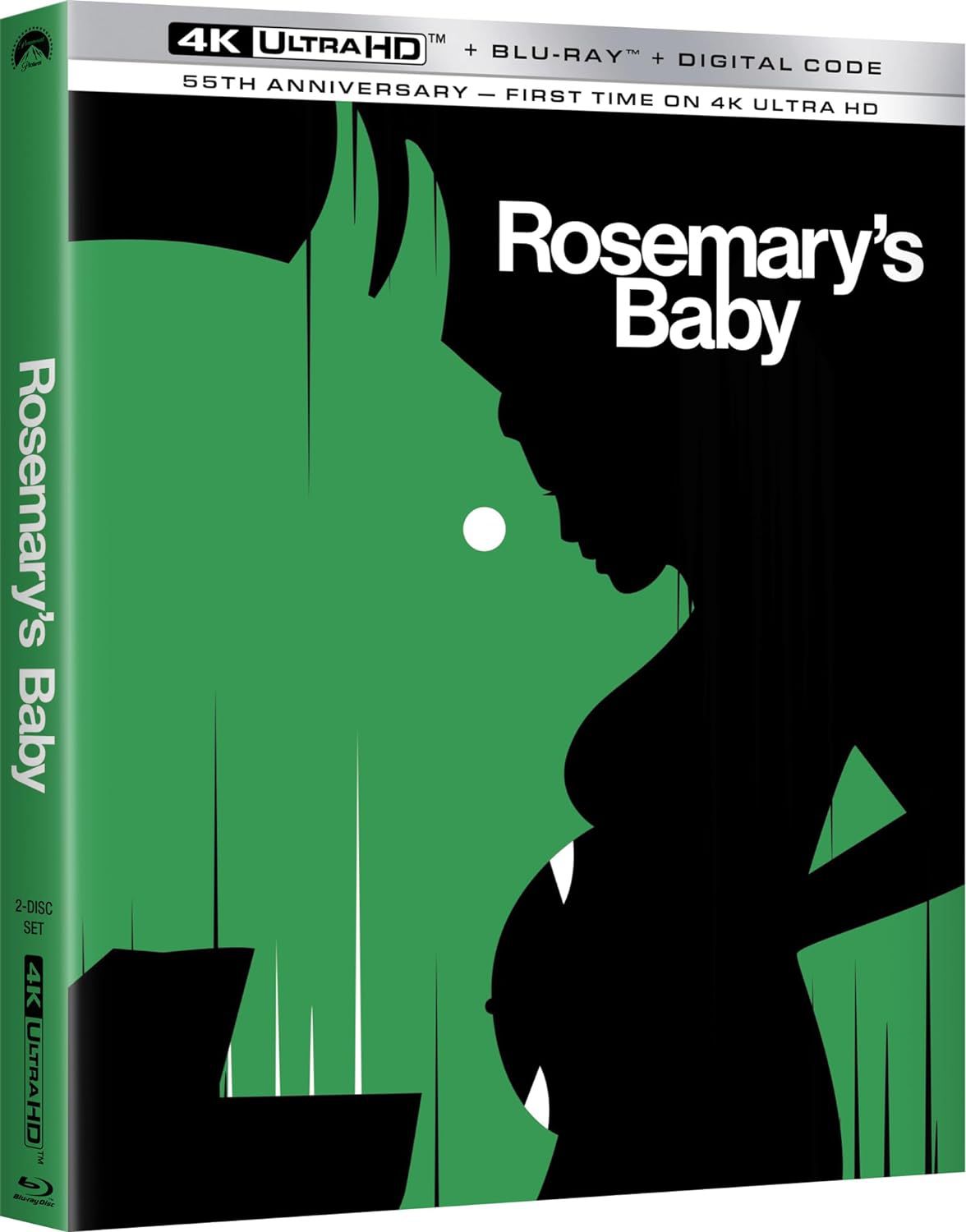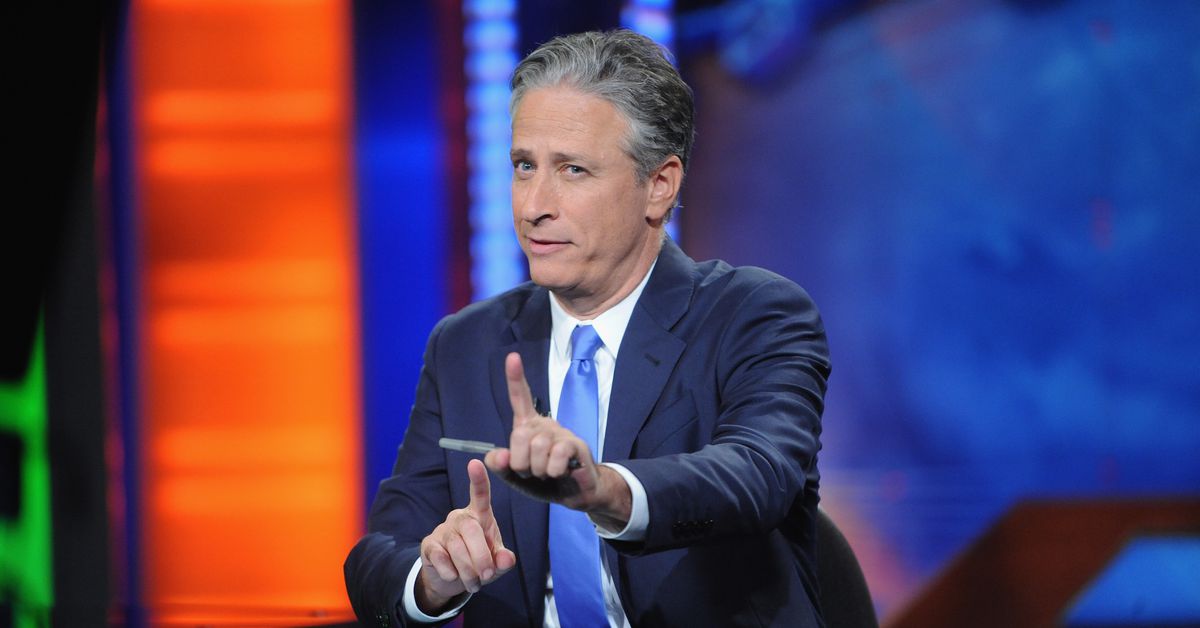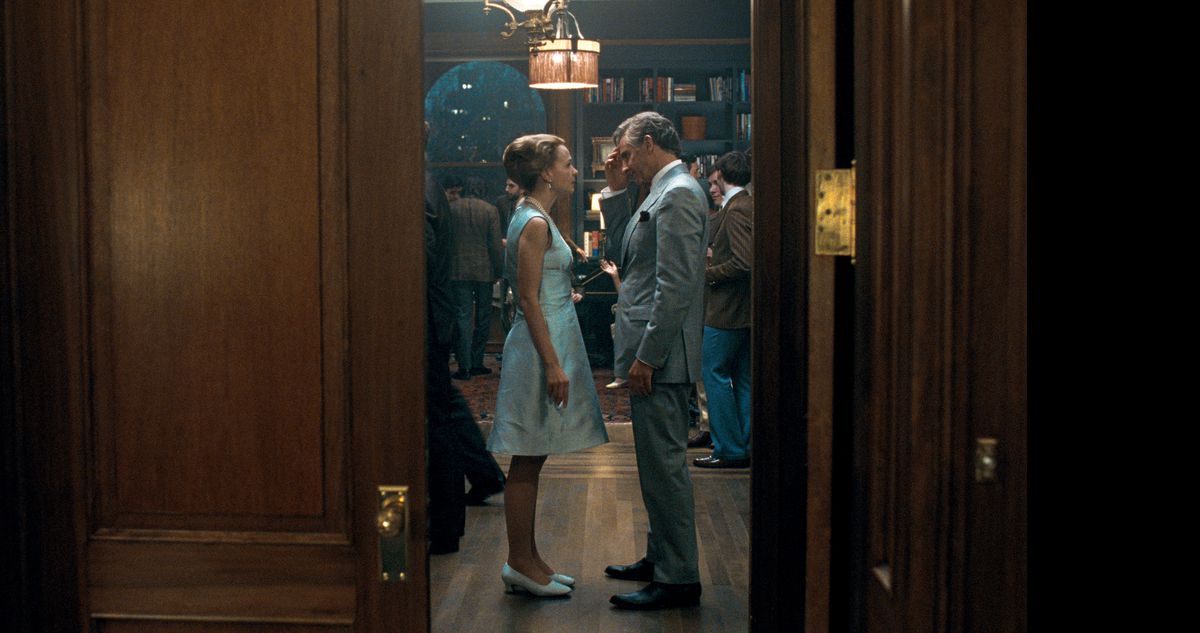[Ed. note: This piece contains spoilers for Star Trek: Strange New Worlds season 2, episode 10, “Hegemony.”]
Great Scott! In this week’s season finale of Strange New Worlds, Star Trek’s most beloved miracle worker finally arrives aboard the USS Enterprise. During a rescue mission on the border of the Gorn Hegemony, Captain Pike and his crew encounter the lone survivor of another Starfleet vessel, the talented and loquacious Lt. Junior Grade Montgomery Scott, who joins the effort to save a group of human colonists from an ongoing massacre.
Scotty’s debut on the show (the earliest TV appearance in the character’s personal chronology) was an unadvertised surprise, but not a total shock, as Strange New Worlds used its previous season finale to unveil Paul Wesley as the new James Kirk. What makes young Scotty a particularly sweet treat, however, is that for the first time, he’s being performed by an actual Scot: Martin Quinn has finally endowed the engineer with a convincing Scottish accent.
:no_upscale()/cdn.vox-cdn.com/uploads/chorus_asset/file/24842229/Screen_Shot_2023_08_10_at_11.14.41_AM.png)
But before we criticize him a bit, let’s pay proper respect to the late James Doohan, who originated the role on Star Trek: The Original Series back in 1966. Doohan essentially created Montgomery Scott himself, having been brought in to audition for a then-unnamed role as the Chief Engineer of the USS Enterprise by James Goldstone, director of the show’s second pilot episode.
According to Marc Cushman’s exhaustive multi-book reference guide These Are The Voyages, Doohan tried a variety of different accents for the character, and when series creator Gene Roddenberry asked which accent sounded best for an engineer, Doohan selected Scottish, citing Scotland’s history of naval innovation. Doohan was also permitted to name the character, and in the years that followed, “Scotty” became American television’s most famous man from Braveheart Country.
The trouble is, if you ask any true Scottish person, they’ll tell you that Doohan’s accent is laughable. Though Doohan learned it firsthand during World War II while serving alongside a soldier from Aberdeen, it’s widely mocked for its inaccuracy, and can frequently be found on lists of the worst Scottish accents in TV and film history. The Scotsman’s David McLean called it “the Dick Van Dyke of Scottish accents,” in reference to the American comedian’s infamously awful attempt at a Cockney accent in Mary Poppins. On the other side of the pond, however, few Americans knew any better: Doohan says he was turned down for multiple roles in the 1970s because casting directors weren’t looking for a Scot.
Despite Doohan’s goofy accent, many Scots still took a liking to the jolly engineer. As foreign as the idea may seem in Trek’s native United States, positive representation for Scots has never been a given in the broader landscape of British television. In 2020, a survey of BBC viewers found that no single demographic — across nationality, race, class, gender, and sexual orientation — was more dissatisfied with their depiction on the network than Scots.
When Star Trek first arrived in the UK in 1969, Montgomery Scott was a relatively textured and dignified “Aberdeen pub-crawler.” He’s a consummate professional, often seen in command of the Enterprise, and adored by all. He enjoys a drink, but he’s not a drunk. He’s a flirt, but not a cad. Scottish audiences were so enamored that, upon James Doohan’s death in 2005, four different towns declared themselves the “future birthplace” of Montgomery Scott, each citing a different piece of non-canonical provenance. When Doohan’s son Chris visited one of the claimants, Linlithgow, the town provost told him that Scotty’s phony accent was, in fact, “one of the things they loved about him.”
However, when English actor Simon Pegg was cast as the new Scotty in J.J. Abrams’ 2009 feature film reboot, Scottish Trekkies were far less forgiving. Pegg based his take on Scotty’s lilt on his own father-in-law, who hails from Glasgow, but that didn’t prevent fans from voicing their strong negative reactions when the film’s first trailers were released.
:no_upscale()/cdn.vox-cdn.com/uploads/chorus_asset/file/3710986/still-of-simon-pegg-in-star-trek-_2009_-large-picture.0.jpg)
While Pegg’s accent is certainly closer to the mark than Doohan’s was, the audience’s standards for a major motion picture in the 21st century were significantly higher. The performance fell victim to a common criticism of Hollywood Scottish accents, that being a lack of playable local identity, though this could be a consequence of Abrams asking Pegg to dial the accent back so an international audience could understand him.
More than a decade later, Strange New Worlds has gone where no Star Trek has gone before — the actual Scotland — to recruit 29-year-old Martin Quinn. Born in Paisley and trained at London’s Guildhall School of Music and Drama, Quinn has no previous North American productions on his résumé, though American viewers might recognize him from a bit part on the Netflix hit Derry Girls. Quinn makes a charming Star Trek debut, and even a clueless American listener (such as myself) can immediately detect the difference between the typical “Hollywood” Scots accent and the real deal.
Will his performance pass muster for Scottish viewers, and finally put to rest what part of the country Montgomery Scott calls home? Has even this accent been sanded down to better relate to American audiences, but to an extent only detectable by native speakers? Or, could it be that Strange New Worlds has really worked out the last bug in the man who can fix anything?








